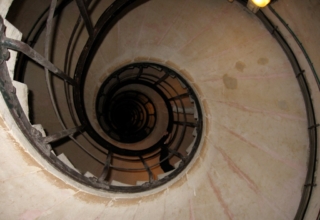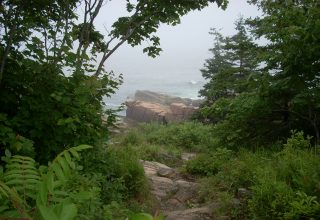
The ”structure” of an open space meetings consists of an initial presentation by the facilitators of a set of rules governing the open space process. A set of topics are then identified that will be addressed in small groups (that participants can move through depending on their shifting interests and the evolving topic(s) being addressed by each group. Finally, a debriefing and summarizing session is held at the end of each open space session (or at the end of each day) and at the end of the open space meeting, A summary document is prepared that captures the outcomes of this meeting (often making use of flip chart records and power point or digitally conveyed small group summaries).
Obviously, the outcomes of an open space meeting can not be predicted ahead of time. Rather, this meeting should be considered a “living” entity that creates unanticipated insights and action plans. This is an “emergent” process that often yields ideas and products that are creative and complex.
A modified open space design was engaged among the NECSW participants, with an initial set of norms being conveyed and emergent themes being addressed in small groups, and debriefing sessions being engaged at the end of both full days of the summit. The modification consisted of honoring the three themes that were identified and studied before the summit was convened. These themes along with the many emergent themes provided the direction for both small group and full group discussions.
Norms: The Spirit of NECS
Whoever comes to the summit is the right person (an appreciative perspective)
The topics being addressed are those that are most important, and those about which participants have a passion.
Whenever a particular topic emerges, it is the right time
When the dialogue regarding a topic is over, it’s over
Whatever happens is the only thing that could have happened
There is one Law: the “Law of Two Feet: Shoes are made for walking” (participants should feel free to move to another group and another topic)
Facilitation Roles
Bill: Animator (Attention primarily to input)
Advocacy inviting inquiry (encourage divergent thinking followed by thoughtful exploration of an idea (Spectrum analysis: there is the “seed” of a good idea in everything that is presented)
Second order thinking: what are the assumptions underlying that which is proposed and what happens if the assumptions are changed? (Five Whys)
Garry: Chronicler (Attention primarily to output)
Clarifying: what is really being said and how do we insure that everyone understands what is being said?
Synthesizing: how to relate and condense what has been said and written
Author: what is it we want to say to other people (including the V-NECS participants and readers of choice and LPC?



















